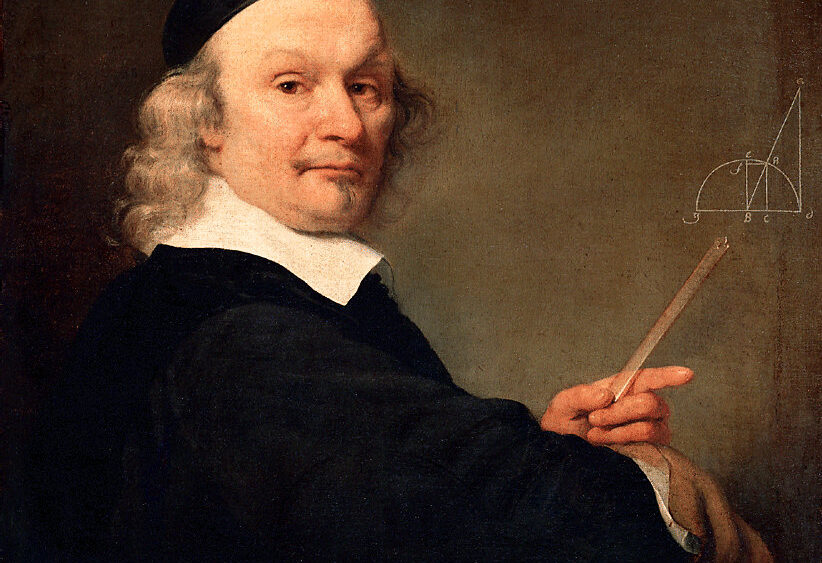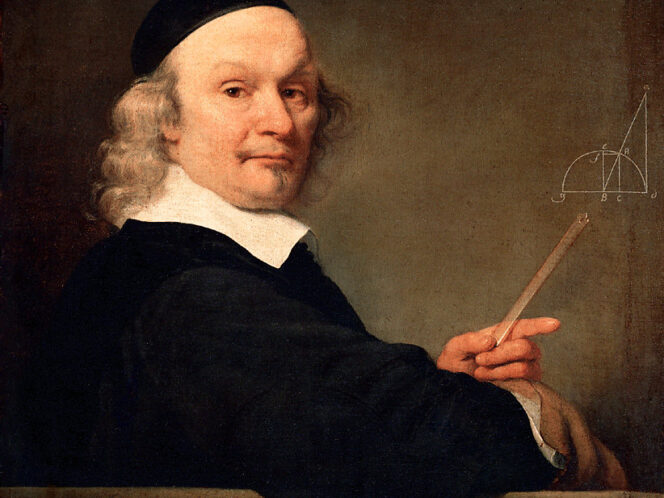
They were brilliant mathematicians, but would they have been able to calculate the extent to which their creation, the Lwów School of Mathematics, would, for the next eight decades, inspire subsequent generations of artists, as well as scientists? Monuments are still being erected in honour of members of the School; plays about them are being produced, films made, and ever new poems, books and articles (such as this one) are being written.
At a marble café table, the Lwów mathematicians would endlessly multiple the alcohol strength percentage and divide cigarettes – until they soared, in clouds of smoke, into the world of mathematical theorems. In their hands, a simple notebook created so many problems that it became much more than that; a true book. The mathematicians themselves, though long dead, still zero death out, put time in brackets and condense space.
The Lwów School of Mathematics continues to be relevant, not just because the problems (or, as they preferred to call them, problemats) they posited remain salient, or because so many outstanding minds came together in one time and place, but primarily because the Lwów mathematicians elevated science to the status of play. The pleasure of mind wrestling (a pastime which requires brilliant companions) leads to a firm belief that one is part of something extraordinary and not universally accessible. The Lwów mathematicians were anything but self-effacing, romantic scientists – they were aware of their own genius to the point of self-regard.
Hugo Steinhaus, who inaugurated the Lwów School, stated outright in his Wspomnienia i zapiski [Recollections and Remarks] that: “All the chaos in the heads of half-educated people is due to the fact that really not everyone has been cut out to be a scientist. Scientific issues, and the scientific method, remain unavailable to the vast majority of people. It’s a similar story with poetry: I have known people who considered poetry a school exercise, meant to perfect young people’s style.” Steinhaus took the view that, for Stefan Banach, the play’s master of ceremonies, mathematics was a craft, and practising this craft held the same mystery as poetry.
By contrast, Stanisław Ulam, who made the Lwów School famous around the world, expressed admiration for the power of Banach’s mind. When disagreeing with his interlocutor, Banach would not counter them immediately (and sharply). Instead, he would calmly ask them a series of questions so brilliant the erring person would eventually discover the flaws in their reasoning themselves. Ulam recalled one could spend hours with Banach, whether at his university office or a café, discussing some mathematical problem or other. Throughout, Banach would smoke and drink alcohol








